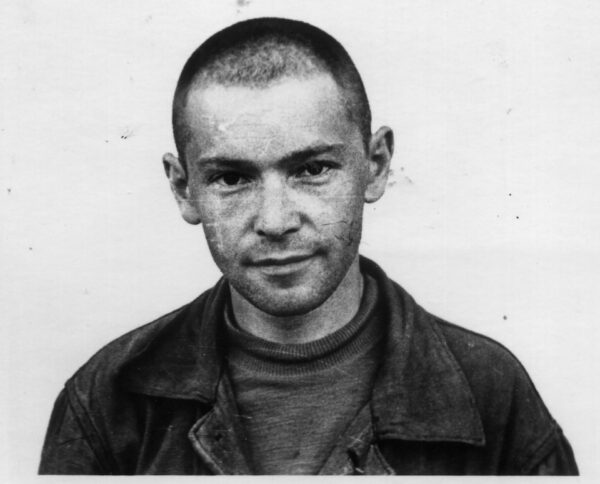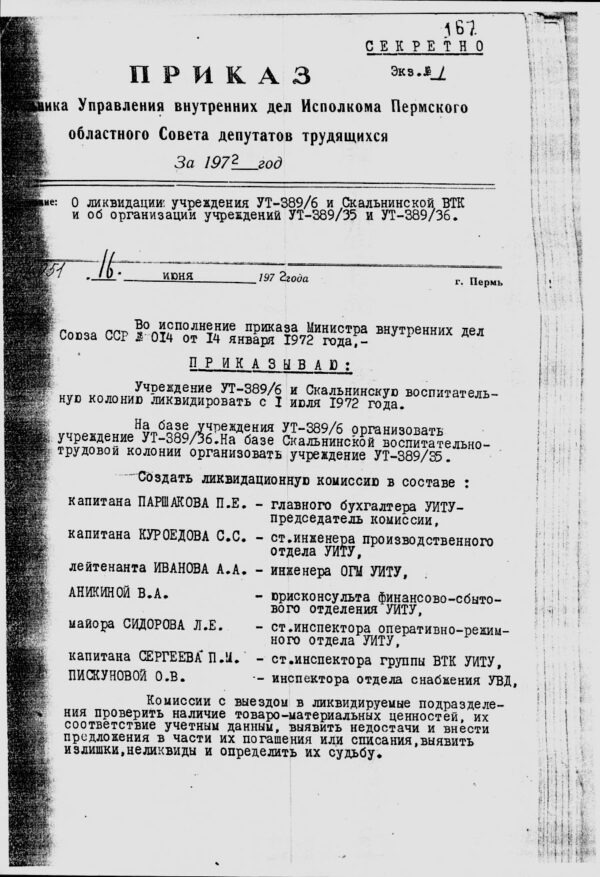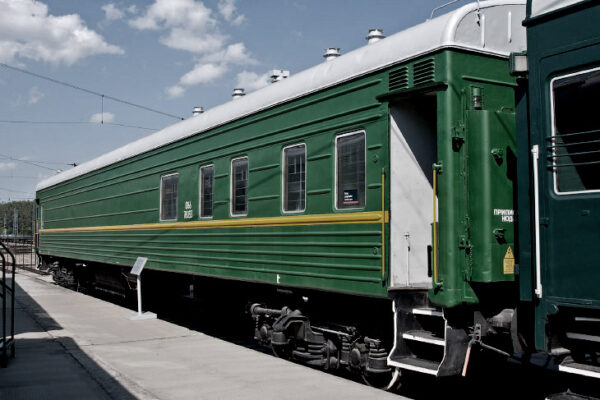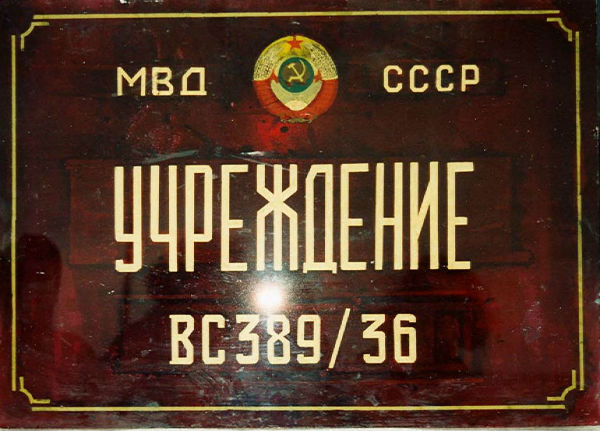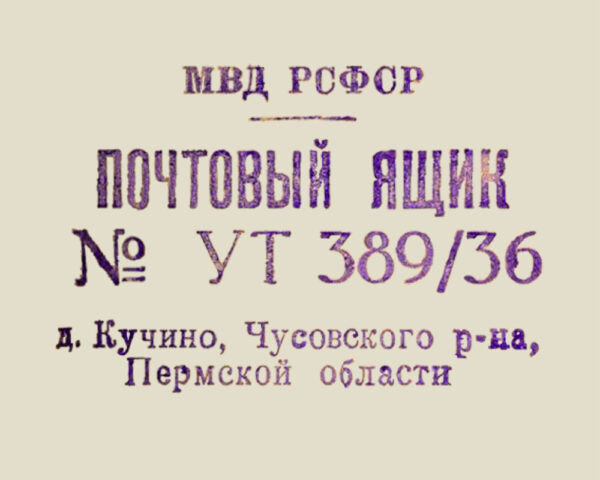Human rights defenders proved to be an unresolvable problem for the Mordovian camps. Vladimir Bukovsky wrote: “Living alongside the camps for so long left its mark on local residents. Several generations of them worked as wardens, and the job was handed down from father to son. They came to see the camps as a source of income… Over time the commercial relations between prisoners and wardens went so far that it became possible to buy literally anything with money. Protests, statements, reports of hunger strikes and abuse were sent into the outside world. In 1970 we even received a tape recording of Ginzburg’s speech (“And the wind returns…”) This was a report by Alexander Ginzburg, who was serving his second sentence in Mordovian political camps. He made a report on a tape recorder which one officer had brought to the camp to be repairs. The tape recorder did not have a microphone, but camp inmates found a way to record the report through the speaker.
Information from the camp spread by samizdat was sent abroad and created unwanted problems for the regime that was “fighting for peace and justice around the world”. It was impossible to stop these reports by repressions against the prisoners, or against the guards and employees of the camps.
There was one solution – to isolate the most active prisoners into other specially guarded camps. Two colonies were chosen in the Perm Oblast: corrective labor camp UT-389/6 for employees of law-enforcement bodies serving sentences and the recently remodeled and improved corrective labor camp UT-389/35 for young offenders. Perhaps they were chosen because the first was one of the most heavily guarded camps in the country, and the second camp was one of the best equipped, where if necessary even foreign representatives could visit. Furthermore, both colonies, unlike the Mordovian camps, were quite remote from Moscow, and at the same time they were in the European part of the country.
On 9 June 1972, from the Mordovian camps ZHKH-385/3, ZHKH-385/17 and ZHKH 385/19 430 prisoners were transported in one convoy: 198 to the Perm camp UT-389/35 and 232 to UT-389/36. They became popularly known as Perm-35 and Perm-36.
In this convoy there were 180 prisoners sentenced on charges of nationalism, of whom 99 were serving a sentence of 25 years: 102 went sent to Perm-35 and 78 to Perm-36. 81 prisoners were sentenced on charges of anti-Soviet agitation and propaganda, of whom 30 went sent to the camp Perm-35 and 51 to Perm-36; of 49 collaborators 21 went to Perm-35 and 28 to Perm-36; 25 prisoners sentenced for attempting to flee the USSR: 10 to Perm-35 and 15 to Perm-36. It was not possible to establish the charges for 83 prisoners; two were sentenced on charges of espionage, one of whom was the renowned Latvian dissident G. Astra, and the second a worker who stole a nuclear reactor rod to sell, and another 20 prisoners mainly serving sentences of 25 years – under other articles of the 1926 criminal code.
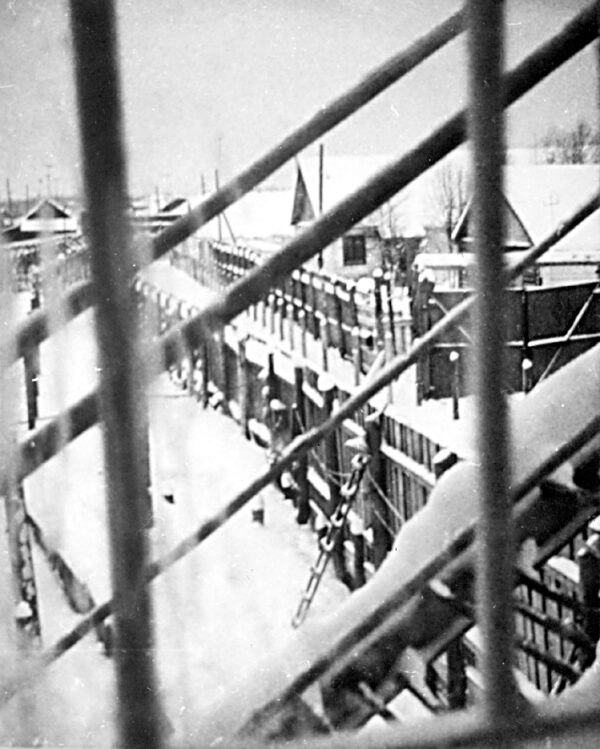
Photographs of the Perm-36 camp taken secretly by Ivan Kovalyov, who came to visit his father, human rights advocate Sergei Kovalyov
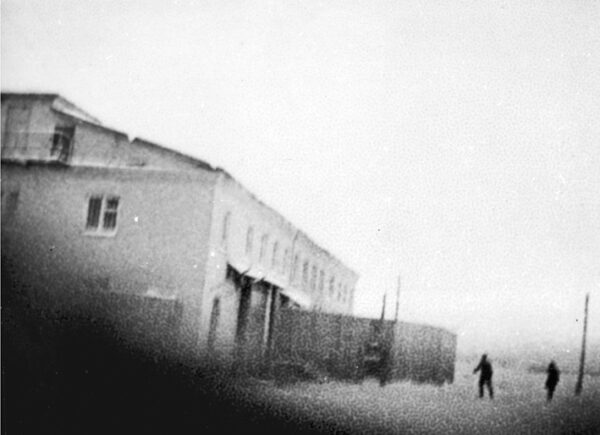
Photographs of the Perm-36 camp taken secretly by Ivan Kovalyov, who came to visit his father, human rights advocate Sergei Kovalyov
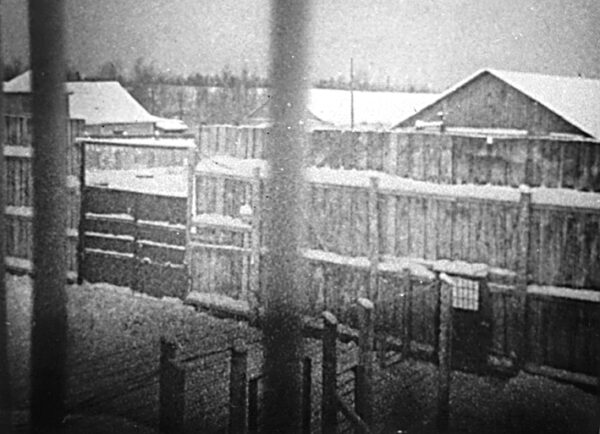
Photographs of the Perm-36 camp taken secretly by Ivan Kovalyov, who came to visit his father, human rights advocate Sergei Kovalyov
The convoy was top secret: the wagons with the prisoners, resembling ordinary postal and baggage wagons, were alternated with freight wagons, platforms and cisterns. The convoy prisoners were dressed in knitted tracksuits. The train only travelled at night, and during the day it stayed motionless at remote semi-stations. It took over 4 days to travel a distance of 1,000 kilometers and arrived in the Perm Oblast on 13 July 1972.
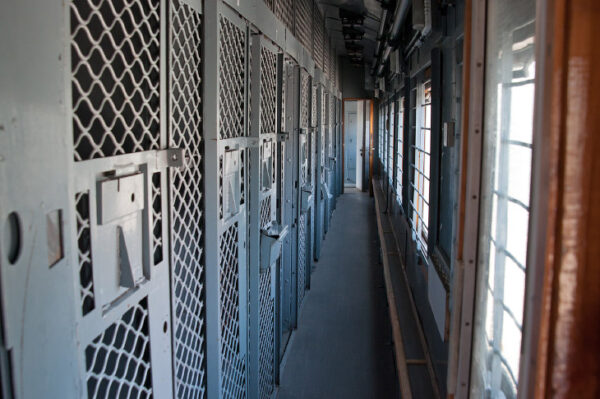
This wagon for a special contingent was built in 1969. Exhibit of the Western Siberian Railroad Museum
Three years later, another completely new camp was added to the two Perm political camps, Perm-37. They were all subordinate to a new department located in the village of Skalny, which received the code VS-389, and the camps were officially designated as ITK VS-389/35, VS-389/36 and VS-389/37.


